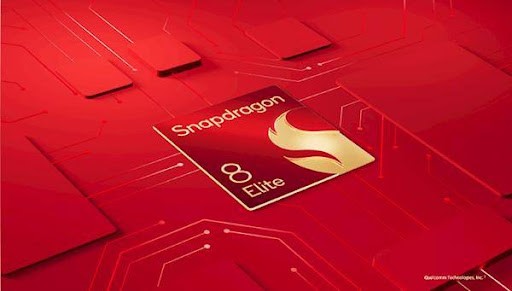热门话题
在全球科技巨头中,高通(QCOM.NAS)凭借强大的多元化战略和技术创新,正一步步走出其手机业务的舒适圈,向着汽车和物联网等高增长领域迈进。让我们来看看,这家芯片巨头如何在新的领域里大展拳脚,并为未来发展铺设强劲轨迹。根据最新2024财年第四季度财报,高通业绩全面超预期,且未来指引也喜人。截至今早美股收盘,股价为$172,相比财报公布前上涨4%。2024财年Q4,高通实现收入102.4亿美元,同比增长18.7%,净利润29.2亿美元,同比增长96%,收入和毛利率双双超预期。虽然本财年有发生小幅裁员,但经营、销售等费用没有实质减少,尤其是研发费用仍然保持21.3%的同比增长。2025财年Q1指引也超出市场预期,预期收入105-113亿美元(市场预期105.5亿美元),调整后EPS为2.89-3.05美元(市场预期2.81美元)。

这一季度的业绩亮点包括:手机、汽车、物联网三大业务的全面回暖。在手机市场逐渐饱和的今天,高通的逆势上扬离不开其多元化战略的成功。手机业务依然是高通的营收“压舱石”,本季度收入占比超过60%。在安卓手机制造商需求回升的推动下,高通手机业务营收增长11.7%,达到了60.96亿美元。特别是VIVO手机出货量增长了22.7%,巩固了高通在手机芯片市场的地位。Snapdragon® 8 Elite芯片在中国手机市场表现优异,未来在三星、华硕等品牌的新机型上继续发光发热也是指日可待。

汽车业务一马当先,是增长的“新引擎”。2024年第四财季,汽车业务收入为8.99亿美元,同比增长高达68%。高通骁龙数字座舱和车联网产品让公司在新车市场获得了大量关注。尽管汽车业务的收入占比目前还不到10%,但增速是各大业务板块中最高的,公司预计下季度汽车业务将继续增长50%。物联网业务(IoT)也迎来了强势反弹。如果说高通的汽车业务是“黑马”,那物联网就是稳扎稳打的老将。第4季度,高通的物联网业务实现了16.83亿美元的营收,同比增长21.7%。在经历了长达6个季度的下滑后,物联网业务终于迎来的明显增长。XR、AI PC等新产品的发布和库存补充的需求推动了这波增长,Quest 3S和Snapdragon® XR2 Gen 2芯片等创新产品也成了IoT业务的新引擎。8月传出的高通收购法国公司Sequans的4G物联网技术,这将帮助高通进一步扩展了低功耗、可靠的物联网解决方案,但是Sequans依旧保留了部分技术的控制权,这限制了高通对该技术的独家使用权,这点可能成为一把“双刃剑”。

AI PC业务备受期待,有望助力高通实现“戴维斯双击”。宏碁、华硕、戴尔、惠普等大厂商已经陆续推出了搭载高通Snapdragon X Plus平台的AI PC设备。可以预见,AI PC将逐步成为高通的“第二曲线”,帮助其走出手机业务的天花板,实现收入和估值的双重提升。下一财季正值节日影响下的电子产品销量旺季,市场对高通的AI PC业务信心满满。在增加业务多元化的同时,高通也并没有忘记回馈股东。本季度,公司批准了150亿美元的股票回购计划。并且,高通还在今年第三季度返还了23亿美元,其中包括13亿美元的股票回购和9.49亿美元的分红。这一举措无疑增强了市场的信心,显示出公司强劲的盈利能力和现金流。长期来说,高通与苹果的关系依旧稳定,尽管苹果有自研调制解调器芯片的打算,但高通成功续约了苹果,未来还将继续为其提供5G芯片。总结来说,高通正通过“第二曲线”的战略转型,逐步从传统的手机芯片领域扩展到物联网、汽车、AI PC等高增长市场。AI PC等新兴业务将为高通带来新一轮的增长,而物联网和汽车的稳定表现则奠定了公司长远发展的基石。免责声明:GO Markets 分析师或外部发言人提供的信息基于其独立分析或个人经验。所表达的观点或交易风格仅代表其个人;并不代表 GO Markets 的观点或立场。联系方式:墨尔本 03 8658 0603悉尼 02 9188 0418中国地区(中文) 400 120 8537中国地区(英文) +248 4 671 903作者:Christine Li | GO Markets 墨尔本中文部



.jpg)
.jpg)



.jpg)


